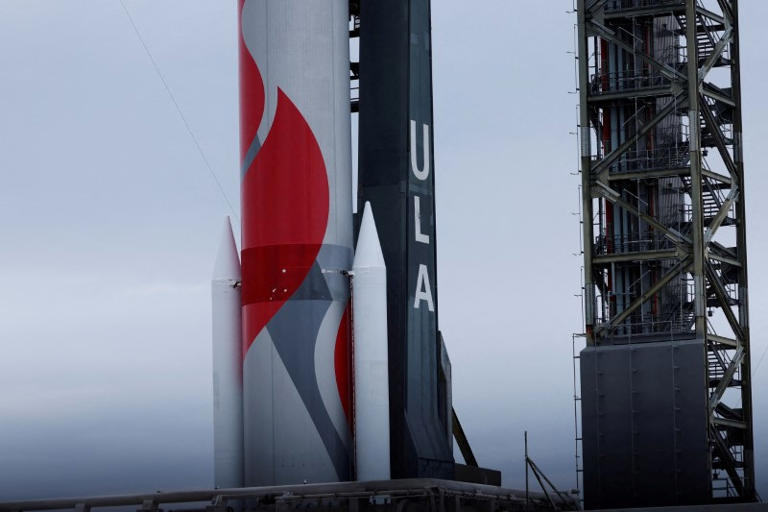Boeing and Lockheed Martin are engaged in discussions to sell their joint venture, United Launch Alliance (ULA), to Sierra Space, according to sources familiar with the matter. This potential transaction could value ULA between $2 billion and $3 billion, representing a significant shift in the U.S. space launch sector. If the deal goes through, it would mark a substantial change as ULA transitions from being part of two of the largest defense contractors to a smaller, privately held entity.
The move comes after years of speculation about ULA’s future and multiple failed attempts to divest the joint venture. In 2019, Boeing and Lockheed Martin explored selling ULA but were unable to reach an agreement with potential buyers. The current negotiations could also end without a deal, as indicated by the sources. ULA has referred inquiries to Boeing and Lockheed Martin, who have declined to comment on the market speculation. Sierra Space has not yet responded to requests for comment.
Earlier in 2023, other parties including Jeff Bezos’ Blue Origin and Cerberus Capital Management had shown interest in acquiring ULA. Rocket Lab also expressed interest but no agreements were reached. This indicates a competitive landscape for ULA, reflecting its strategic importance in the space industry.
Sierra Space, which was spun off from Sierra Nevada Corporation in 2021, is focused on advancing its space ventures, such as its Dream Chaser spaceplane and a private space station habitat in collaboration with Blue Origin. Acquiring ULA could provide Sierra Space with significant advantages, such as in-house access to launch vehicles. This would allow Sierra Space to directly launch its spacecraft and space station components into orbit, potentially saving hundreds of millions of dollars that would otherwise be spent on external launch services.
For Boeing, the potential sale of ULA under new CEO Kelly Ortberg represents a strategic realignment. Since Ortberg’s appointment in August, Boeing has sought to focus on its core aerospace and defense sectors. The sale of ULA could generate substantial cash flow, helping Boeing to concentrate more effectively on its primary business areas while also benefiting from the proceeds of the transaction.
ULA was established in 2006 through the consolidation of Boeing’s and Lockheed Martin’s competing rocket programs. This merger ended their long-standing rivalry and established ULA as a dominant player in the government launch services market. ULA’s primary mission since its founding has been to provide reliable launch services for government payloads, consolidating the market share of both parent companies.
However, the emergence of SpaceX and its cost-effective, reusable Falcon 9 rockets has significantly impacted ULA’s market position. SpaceX’s innovation has driven down launch costs and increased competition, forcing ULA to develop its own more affordable rocket, the Vulcan. The Vulcan rocket made its debut launch in 2023, replacing ULA’s older Atlas and Delta rockets. Despite these advancements, ULA has struggled with scaling Vulcan production and meeting the increasing demand for launches. This challenge is particularly relevant as ULA fulfills contract obligations with the U.S. Space Force, which selected Vulcan for a significant portion of its national security missions alongside SpaceX’s Falcon rockets.
The potential sale of ULA could offer the company greater flexibility to explore new markets and opportunities beyond traditional rocket launches. For instance, Boeing and Lockheed Martin’s boards have historically resisted ULA’s proposals to expand into areas such as lunar habitats or advanced spacecraft. With a new owner, ULA might be able to pursue these avenues more aggressively, potentially transforming its business model and market reach.
